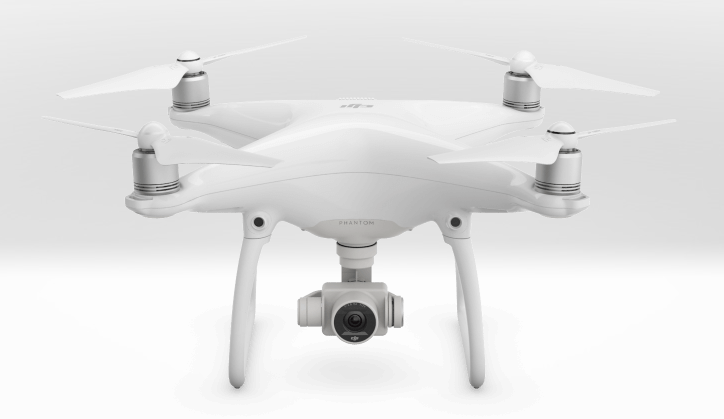The Australian Civil Aviation Safety Authority (CASA) has enacted modifications to commercial drone regulations to include a micro drone category (100g<2kg).
The new laws went into effect on September 29. Operators of commercial micro drones will not need an RPA operator’s certificate or Remote Pilot’s License, as are usually required for commercial drone operators.
Instead, operators of micro drones will have to notify CASA of their intent to operatoe at least five business days before their first commercial flight, and agree to operate by the “standard operating conditions” or general published safety rules. Operators will be able to notify CASA via an online form; you can select up to 50 locations and 5 categories on a single form. This “notification” is valid for two years.
“Standard operating provisions” are similar to those in the US: including flight within visual-line-of-sight (VLOS); under 400 feet altitude; and at a specified distance from airports, people, and infrastructure. Operators who wish to operate outside of those provisions will have to get a license in order to apply for a waiver.
While CASA has made it vastly easier for a large group of commercial operators to fly, they still encourage pilots to get licensed. “Not having a ReOC means for commercial operations you’re limited to flying a very small RPA. Generally, if you want to fly anything heavier, above two kilograms, you’ll need a ReOC.” states the regulation. “Not having a ReOC means you are restricted to operating under the standing operating instructions, greatly limiting where and how you can fly…Not having a ReOC means you will be unlikely to get insurance, leaving you solely liable for any incident or accident arising from flying your RPA. Clients/employers are also less likely to hire you if you’re uninsured.”
The US drone industry has advocated for a micro drone category; and versions were put into various pieces of FAA Reauthorization legislature throughout the last year. The FAA, however, has said that they do not wish to enact regulations based on size; preferring to base regulation upon application and risk assessment.
